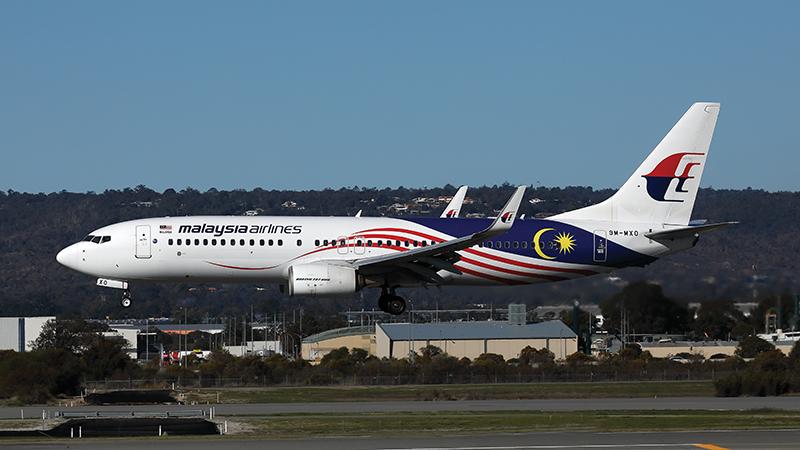
One of the key challenges Malaysia Airlines faces concerns turbine issues with its Boeing 737-800 CFM56 engines, which caused isolated service interruptions this past summer.
Malaysia Airlines MD Outlines Priorities For 2025 And Beyond is part of our Air Transport World subscription.
Subscribe now to read this content, plus receive full coverage of what's next in air transport from the experts trusted by the global air transport community. Every article focuses on what airline management professionals need to run their airline, including crucial analysis and insights in financing, airframes and engines, environmental and regulatory pressures and much more.
Already a subscriber to ATW or an AWIN customer? Log in with your existing email and password.





